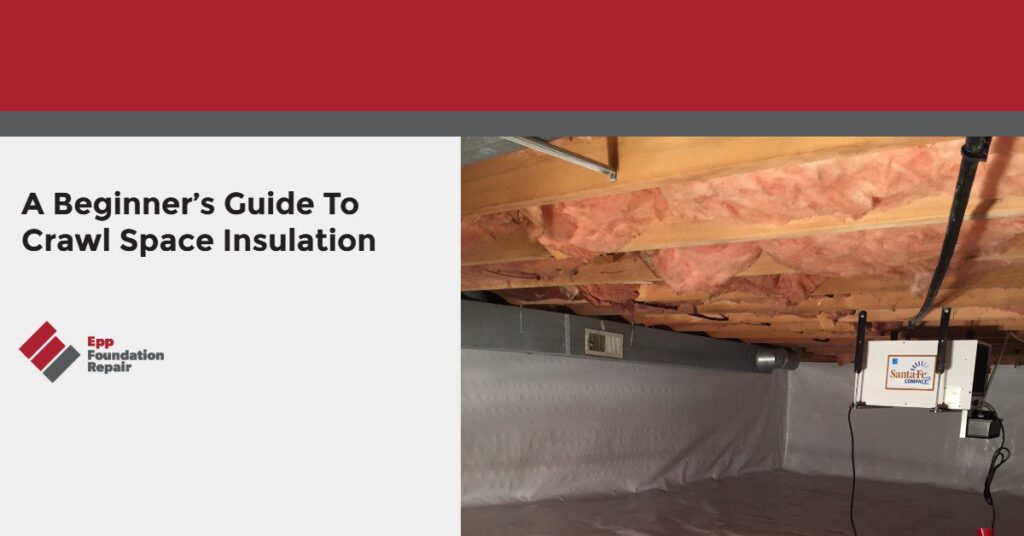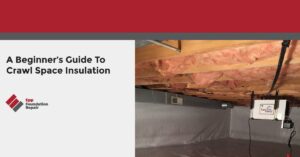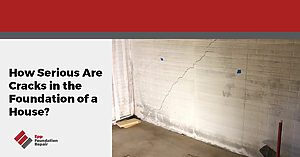Crawl space insulation will make your home warmer during the winter and cooler during the summer
If you’re thinking about crawl space insulation, you’re probably struggling with cold floors and want to know how you can keep your home toastier during the winter. Crawl space insulation is definitely a way to do that, and it will keep your home more comfortable not only during the winter but the summer as well. Crawl space insulation also increases energy efficiency by lowering the cost of both heating and air conditioning.
What is crawl space insulation?
Crawl space insulation makes it harder for heat to both leave and enter your home. The effectiveness of crawl space insulation is measured by R-values, and higher R-values mean it’s harder for heat to leave or enter your home. We’ll talk more about R-values below.
Back in the day, crawl spaces were nothing more than dirt floors and concrete foundation walls. Crawl space insulation reduced temperature fluctuations and kept the home warmer. Crawl space insulation is still being done, of course. However, it’s not as popular as it once was because the exposed dirt floor increases humidity in the crawl space, condensing on structural elements and leading to mold growth. Since a certain amount of air from the crawl space makes its way into your home’s living area, you want the crawl space to be clean, dry, and free of mold and pests. While crawl space insulation can indeed keep your home warmer, it doesn’t address these other issues.
Today, the trend is toward crawl space encapsulation which involves covering the crawl space floor and walls with a thick, puncture-resistance vapor barrier. The result is cleaner air in your home’s living area, no pests or mold growth, a less drafty house, and increased storage space.
For more information about moisture in a crawl space see Water In Crawl Space: Causes And Waterproofing Solutions.
Types of crawl space insulation
There are various types of crawl space insulation:
- Blanket – Blanket crawl space insulation comes in rolls, and pre-cut panels called batts. Blanket insulation is very common in the US.
- Loose-fill – This type of crawl space insulation quickly fills spaces of any size or shape.
- Sprayed or foamed-in-place – This insulation is excellent for filling small cavities.
- Rigid insulation – This is very effective insulation with good thermal resistance for its thickness.
- Reflective insulation – Reflective insulation is good for reducing downward heat flow.
- Radiant barrier – A radiant barrier will help keep your home cooler if you live in a hot, sunny climate.
While it’s possible to use any of the above crawl space insulation types, at Epp Foundation Repair, we usually use rigid, reflective, or sprayed insulation.
Understanding the R-value
The insulation’s R-value is calculated per inch of thickness. A higher R-value means heat has a harder time leaving your home or entering it. R-values vary depending on the type of insulation. Crawl space insulation typically gets more expensive as the R-value increases.
You need the correct R-value for your geographical location. Keep in mind that this may not be the highest R-value. For example, if you live in Florida, you don’t need insulation with the highest R-value. If you live in Minnesota, you might, though. The type of heating and air conditioning in the home also affects the required R-value.
For more information about R-values, see this Guide to Home Insulation published by the US Department of Energy.
Is crawl space insulation the same as crawl space encapsulation?
Crawl space insulation and crawl space encapsulation are not the same things.
While crawl space insulation helps reduce heat loss between your home’s living area and the crawl space, it does nothing for moisture and mold growth.
Crawl space encapsulation prevents moisture from building up in the crawl space, thereby eliminating issues with mold, condensation, etc.
If you have a home with a crawl space and you’re worried about cold floors, etc., we would probably recommend that you both insulate and encapsulate the crawl space. We use an encapsulation material that has a foil face on one side. This increases the R-value of the vapor barrier somewhat.
Crawl space insulation cost
The cost to insulate a crawl space depends on various factors including,
- The insulation’s R-value
- The type of insulation
- Your geographical location and from where you buy the insulation
- Whether or not you DIY or hire a professional
While crawl space insulation will probably be less expensive than encapsulation, you’ll need to consider how high humidity and moisture can negatively affect your crawl space and, possibly, your health.
Crawl space insulation will indeed keep your home warmer during the winter. However, it won’t do anything about moisture and mold. Because a certain amount of air from your crawl space makes its way into your home’s living area, we recommend encapsulation in addition to insulation.
We recommend hiring a professional for crawl space insulation installation or encapsulation.
If you’re thinking about crawl space insulation and you’re in our service area in Nebraska, Iowa, Kansas, or Missouri. The top cities we serve are Lincoln, Omaha, Grand Island, Kearney, Norfolk, and many more; contact us today for a free estimate.







